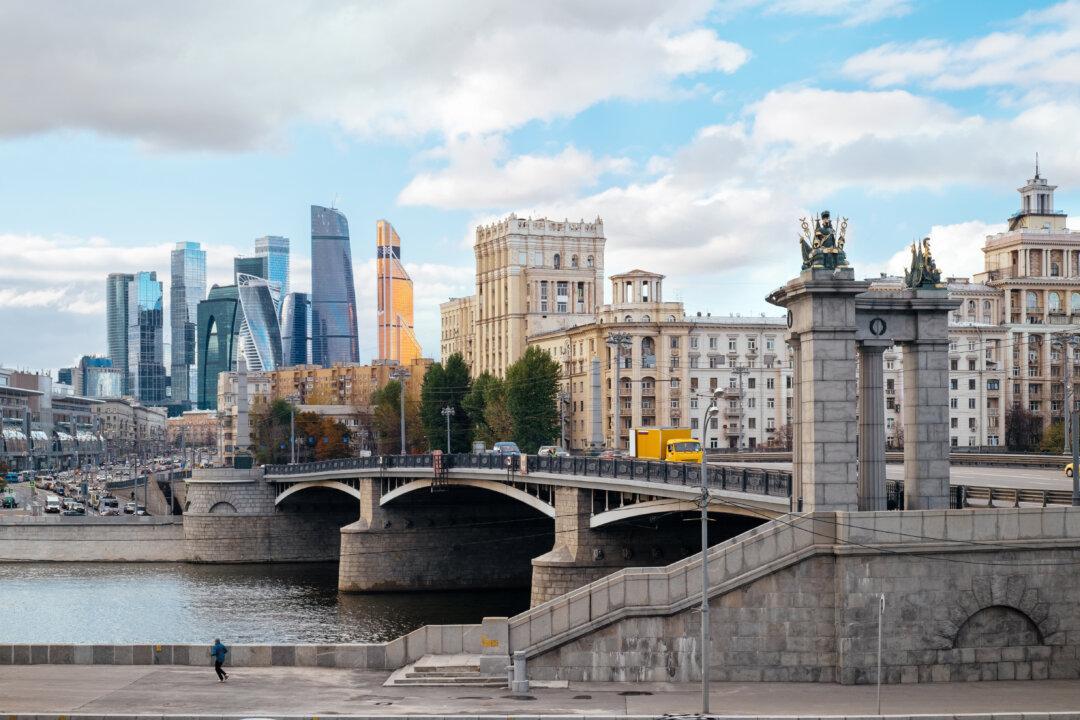In the 1920s and ‘30s, the “intelligentsia” in Europe and the liberal left in the United States became smitten with socialism and the grand Soviet experiment of a Marxist utopia. And although the strict worker-inspired economic version of Marxism in Russia collapsed in 1991, its cultural residue had long seeped into the art, music, and architecture in this country.
My communist stepfather and mother introduced me, in my early life from the 1950s to ‘70s, to literature, music, arts, and architecture that all resonated with dogma and political rigidity. In regard to architecture, the primary example of this was the Bauhaus school in Weimar, Germany, which was founded by the socialist architect-idealist Walter Gropius in 1919.



